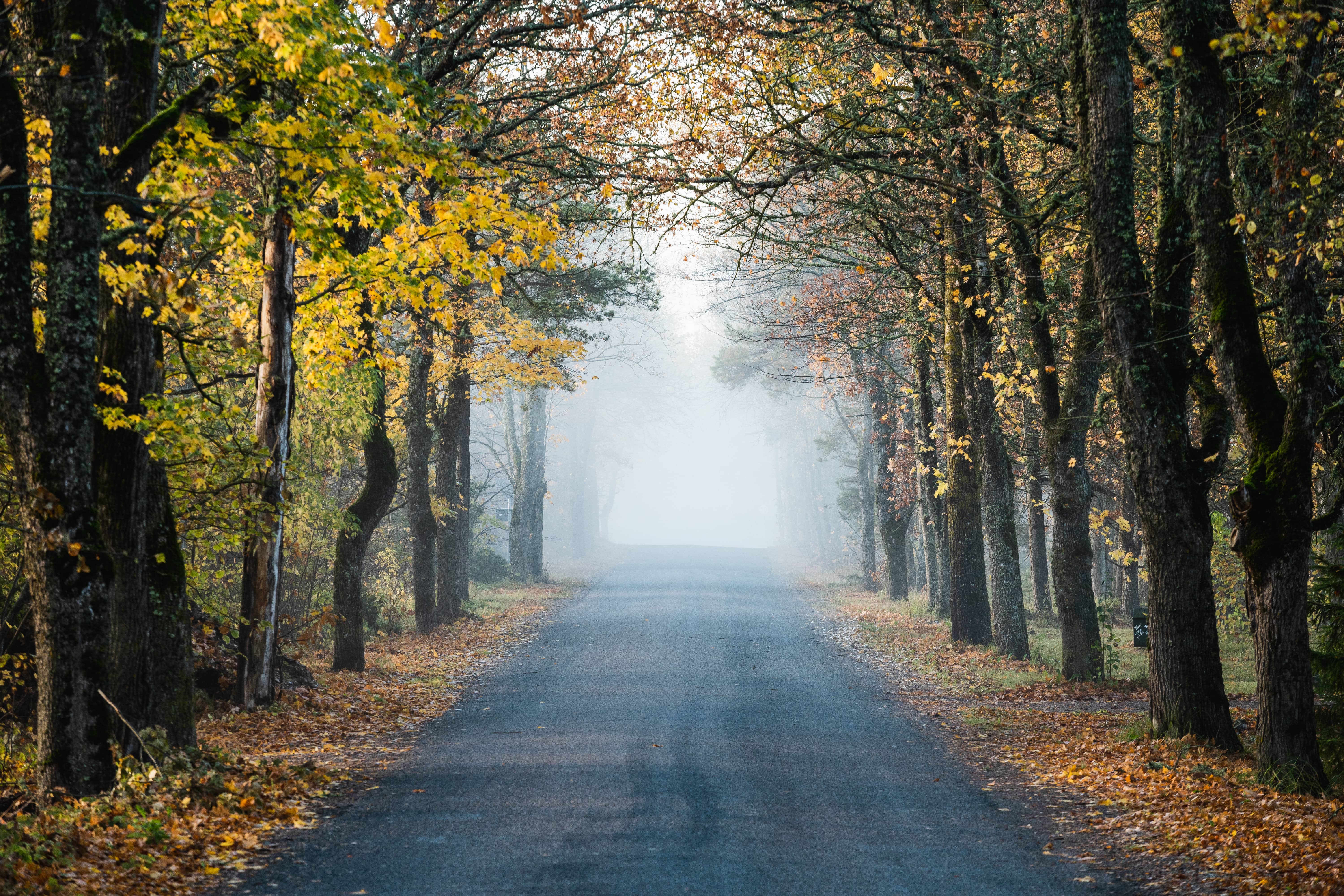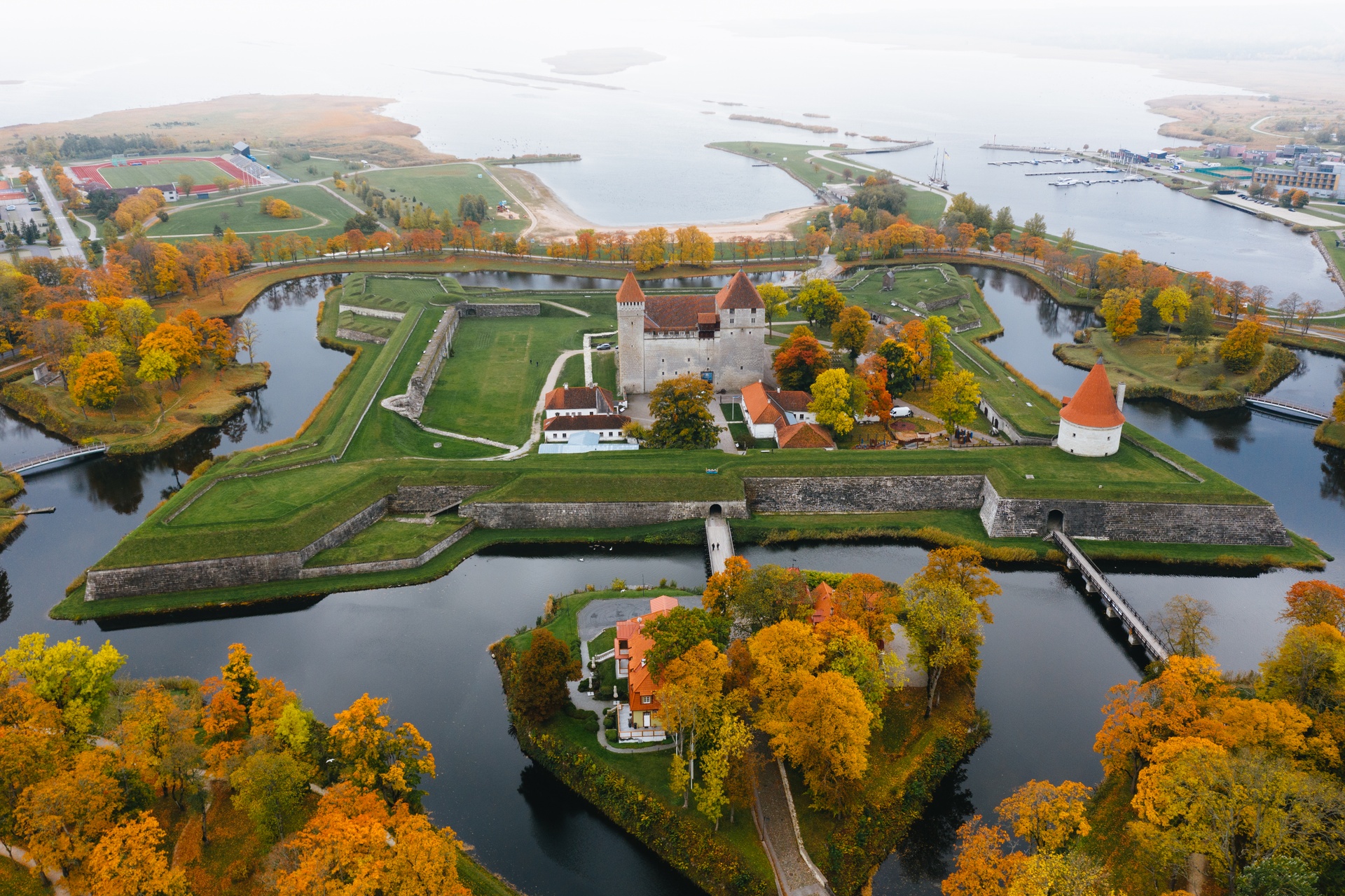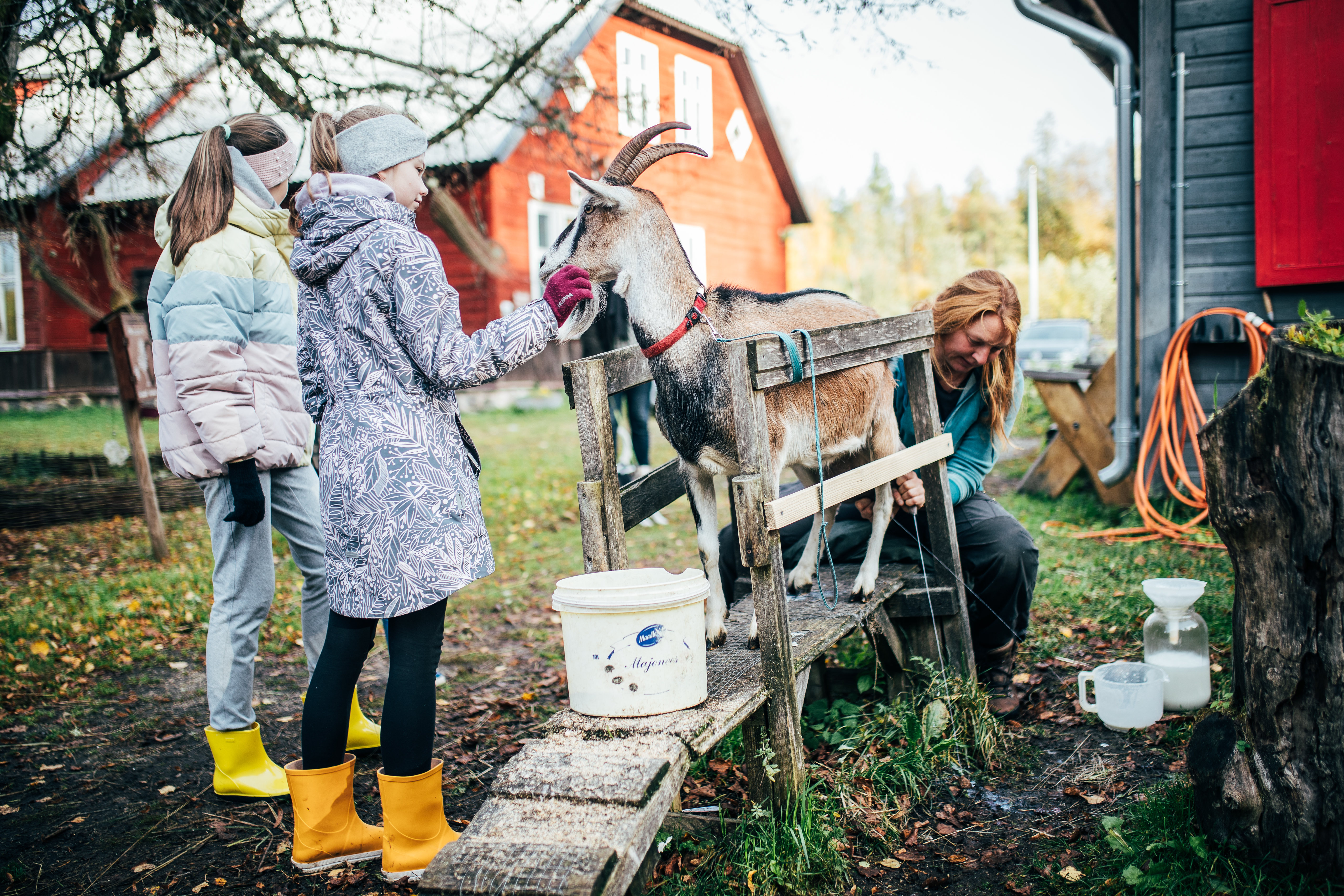
Autumn's spiritual holidays
November harvest holidays, Martinmas and St. Catherine’s Day, hark back to the rural roots of Estonian society. Here's how they are celebrated today.
Late autumn is when the harvest ends, the weather cools, and the days grow shorter.
In Estonia, as in many northern countries, this time of year is associated with the visiting of departed souls and rituals for good luck. Halloween is one holiday during this period, but Estonia has its own local variations known as Mardipäev and Kadripäev.
Traditional celebrations for Hingedepäev, the Estonian All Souls' Day
Often families would heat the sauna for the dead and set out a meal.
Origins of Estonia's autumn holidays
In many countries, the end of September until Christmas is a time when it is said that departed souls may visit the living. This period coincides with the end of harvests and agricultural activity, the darkest part of the year, and the beginning of winter.
Today Hingedepäev, the Estonian All Souls' Day, is celebrated on November 2, the date set by the Catholic Church. However, the Estonian folk calendar establishes late autumn until the new year as "soul time", when the division between the world of the living and the world of the dead thins. Gray, foggy weather is a sure sign that the souls are coming to visit. It was believed that one had to please visiting souls to ensure protection for crops, sheep, and cattle by not speaking or working on certain days and, most importantly, offering food to the departed souls.
Records from previous centuries mention several types of celebrations. Often, families would heat the sauna for the dead and set out a meal. In Mulgimaa, children dressed in white went house to house, howling at the windows. They did not ask for gifts but were given cakes, nuts, beans, and peas. Nowadays, those who observe Hingadepäev light candles in their windows or at the cemetery.

Mardipäev celebration in Narva
Traditional costumes include dark colors, animal masks, beggars' clothing, and fake beards.
The rural roots of Mardipäev and Kadripäev
In Estonia, two major holidays occur in November—Martinmas (Mardipäev) on November 10th and St. Catherine's Day (Kadripäev) on November 25th. For both holidays, children traditionally visit houses around the village to sing, tell riddles, and collect sweets.
On Martinmas, children are led by a Mardi-father, dressed in dark clothing. They form a procession and make plenty of noise by playing instruments or banging pots. Their arrival at each house was meant to bring good fortune for the harvest. The procession was followed by a village party where goose meat was served for further good luck.
Kadripäev (St. Catherine's Day) focuses more on women, and in the folk calendar, it marks the end of autumn and the beginning of winter. To celebrate, children are led by a kadri-mother and wear light-colored women's clothing. Kama, porridge, beans, and peas are eaten with homemade beer on this day. Kadri, a common female name in Estonia, is also the guardian spirit of cattle. Thus, the holiday was meant to bring luck to cows and sheep through the winter. Connecting back to the role, it's traditional to leave sheep un-sheared in the days between Mardipäev and Kadripäev.
Estonia's roots are rural.
In the past, Estonia was largely an agricultural society, and families depended on their farms for sustenance.
Contemporary customs in a modern society
Modern-day Estonia is no longer the agricultural society it once was, but Martinmas and St. Catherine's Day continue to be celebrated by young people, particularly in small towns and the countryside. School children still dress in dark colors on Martinmas and sing the mardilaul (Mart's song) to be let in at the door and wear light colors and sing the kadrilaul (Kadri's song) on St. Catherine's Day. Echoes of the traditional way of life, connected to the seasons and harvests, can still be seen this November.
To learn more about celebrating Estonia's two most important autumn holidays, visit the Open Air Museum in Tallinn. Only a twenty-minute bus ride from the city center, and you'll feel like you've landed in an earlier century. Farms and homes from different regions and different eras of Estonian history have been re-created on the grounds, and they typically put on special events for celebrating traditional Estonian holidays.
Sources: Folklore.ee and Eestikultuurist.ut.ee

Get inspired
Last updated
14.04.2025


